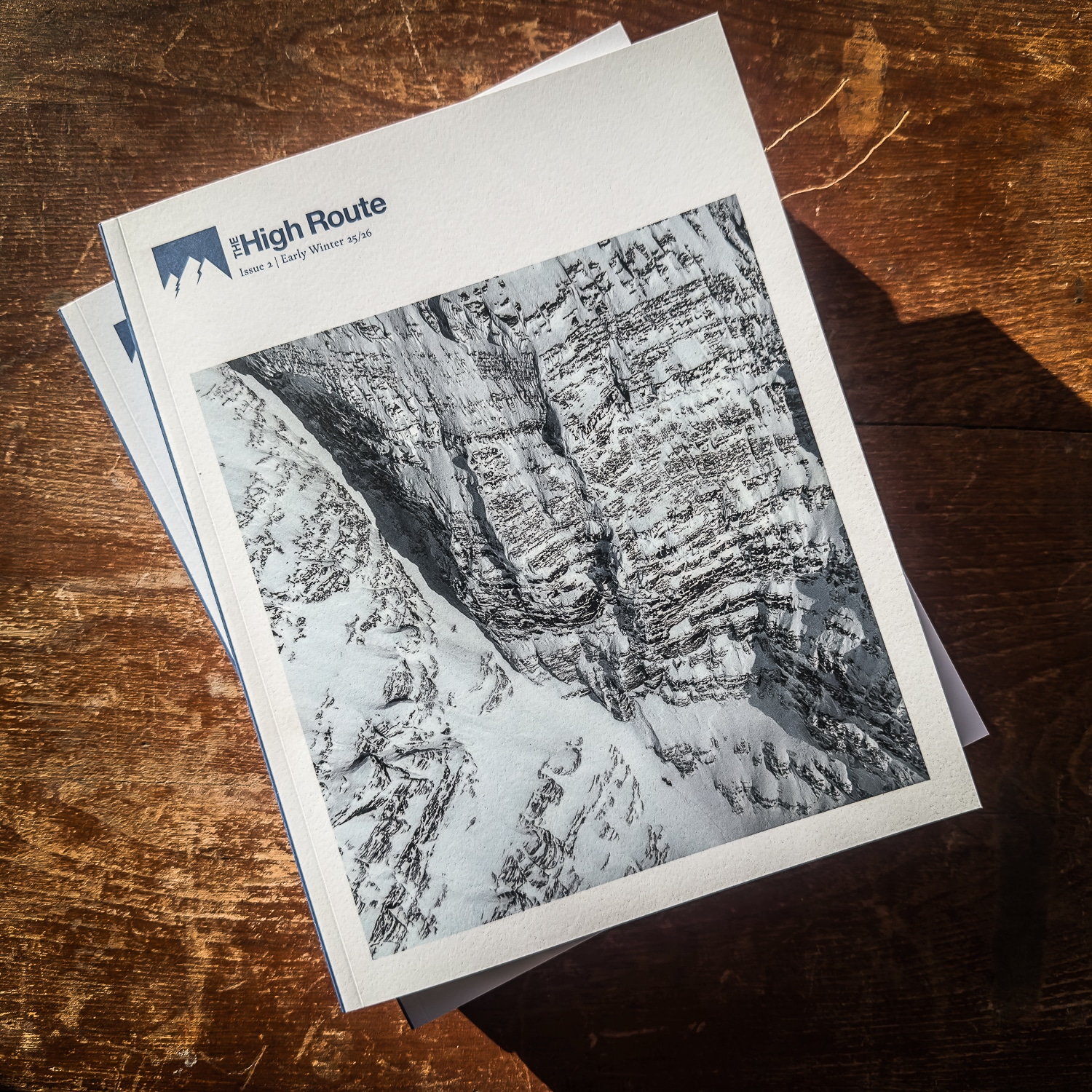Mark Smiley and the Black Diamond QC lab are well known tinkerers. Smiley often presents gear mods (both soft and hard goods) via social media, whereas BD has conducted lab tests on topics like the risks of twisted ropes or the strength of certain ice screw placements.
The QC Lab’s Matt Berry and Smiley, to use some modern parlance, had a recent collab of note. The two paired up to gather data and make some conclusions regarding snow anchors titled “The Art and Science of Using Snow Anchors.” Yes, a melding of art and science that relates to readers of The High Route.
The QC Lab’s research piggybacks on some well cited prior research. Google a few iterations of search terms involving snow anchors, and two resources routinely populate the results. (They are also linked in the QC Lab piece.) The first is a 2010 paper titled “Snow Anchors for Belaying and Rescue.” Summarizing the 2010 research, the paper’s authors write this about effective snow anchors: “The three key things are to increase snow strength, get anchors deep, and pull from the middle.” The folks conducting this research examined such factors as snow strength, anchor material/shape qualities, and anchor placement.
The second resource often cited is a video by the Ecole Nationale de Ski et d’Alpinisme (ENSA) in France. The video is short and provides some basic takeaways. For example, placing a small snow stake at 25-degrees to the snow surface (the perpendicular) was ~40-50% stronger than the same anchor placed perpendicular to the snow surface.
Back to Smiley and the QC Lab. Smiley, an IFMGA guide, presents a three-step process for building snow anchors. First, create a stout anchor. Second, bounce test the anchor (with a backup in place). Third, rappel smoothly.
The presented data enhances our understanding of each step in the process (build/bounce test/rappel).
A snow anchor test highlights the anchor type, orientation, peak load, and whether the anchor failed. (Yes, there are results for building an anchor from a Snicker’s bar.)
Bounce tests are simulated in the lab. We get a sense of the forces generated when bounce testing with different connecting setups and the associated body weight multiplier. (They tested the following different connections to the anchor between: a Dyneema sling, a nylon sling, an 8.5mm single strand dynamic rope with ATC-Guide, and a 9mm single strand static rope with ATC-Guide)






Leave a Reply
You must be logged in to post a comment.